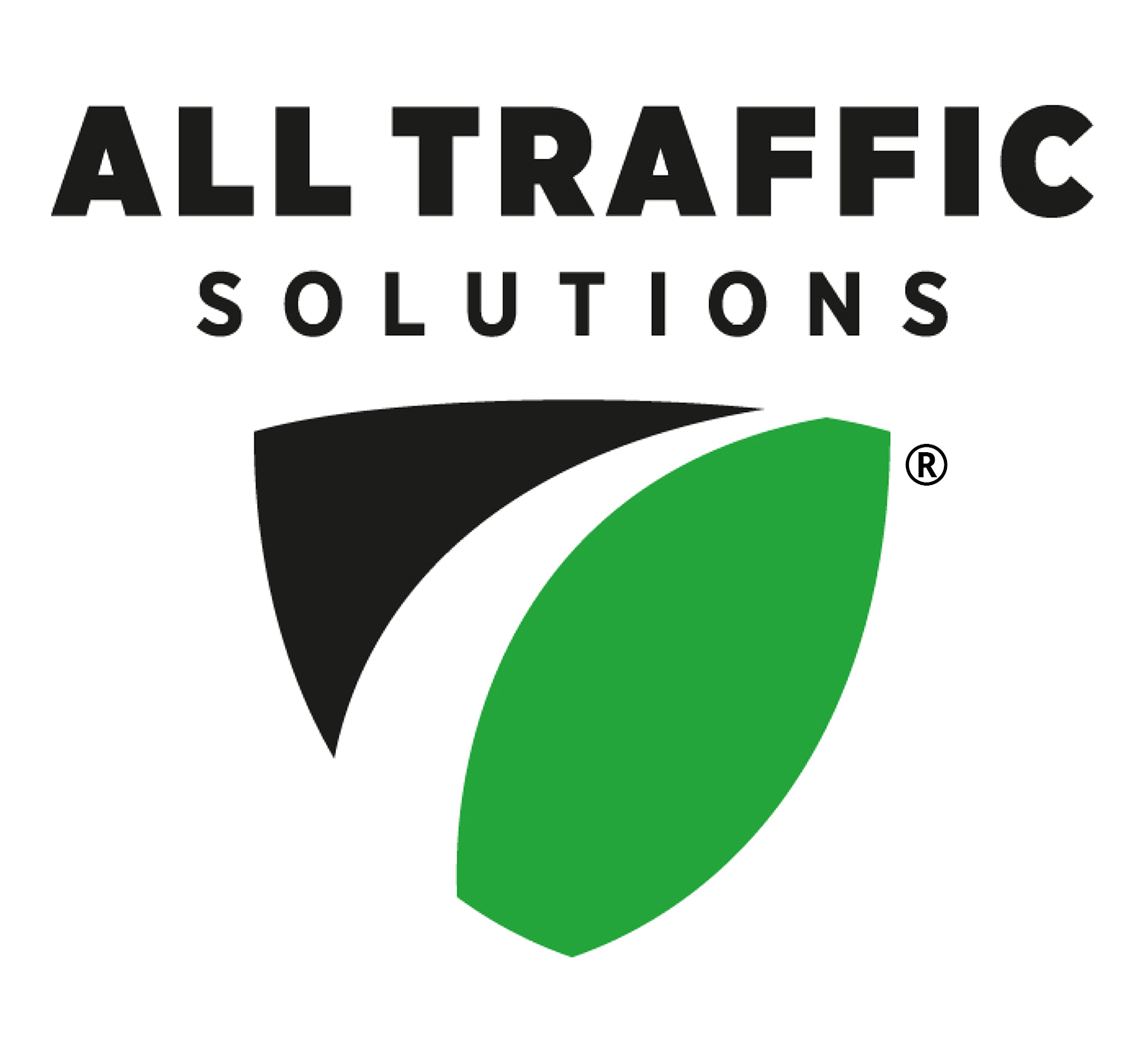When you hear the term ‘smart cities,’ what do you think of? Light rail projects with completion dates in 2025? Privacy policy initiatives? Lighting that adjusts itself depending on whether people are around? Or perhaps even refrigerators that let you know if you have eggs or toasters that adjust from light to dark depending on who is standing in front of it?
Smart cities projects have a great ability to return real benefits to your citizens, but oftentimes they can be overwhelming to think about or take on when their results come in future years. Transportation projects can seem particularly challenging.
Did you know that half of urban city-dwellers will benefit from smart city programs by 2019, according to market research firm Gartner*? With traffic and transportation initiatives at the top of many smart cities’ project lists, real benefits—from relieving traffic congestion (and emissions), making neighborhoods safer and relieving stress on your infrastructure—are easily within reach for most cities.
Understanding how to leverage innovation and technology to make lives better for your citizens now and into the future is critical to the success of your efforts. Being “agile” is the key. And knowing how to implement transportation programs that both make a difference in 2017 and lay the groundwork for success in the future is critical to your success. *Predicts 2017: Government CIOs Are Caught Between Adversity and Opportunity, November 10, 2016
Regardless of the population or size of your municipality, there are considerable advantages to adopting a smart cities mindset and approach to planning, management, and growth.
Where to Begin
Rapid advancements in secure information and communication technology (ICT), as well as the Internet of Things (IoT) solutions, have popularized the vision of smart cities—municipalities that can manage their assets, including transportation, law enforcement, and public works as well as government services and utilities. Communities across the country are quickly recognizing the enormous benefits associated with becoming a smarter city, including more efficient processes, better response times and a more proactive approach to planning for the future of all their citizens.
Smart transportation and traffic management systems are a central component of any intelligent city network, thanks to technologies and tools that have made it possible to improve traffic flows, increase road safety, maximize parking availability, reduce gas consumption and emissions, and strengthen communication with constituents.
Being a full-fledged smart city does not happen overnight—it takes careful planning and implementation of carefully vetted technologies and solutions. In the coming weeks, we’ll excerpt from our popular whitepaper “Smarter Cities: 5 Ways to See Results in 2017” and help you walk through how you can identify and implement projects that not only lay the foundation for your future Smart City but also provide real, tangible impacts in 2017.
More about becoming a smarter city in our next post. You can read ahead if you’d prefer by downloading the full whitepaper here…







